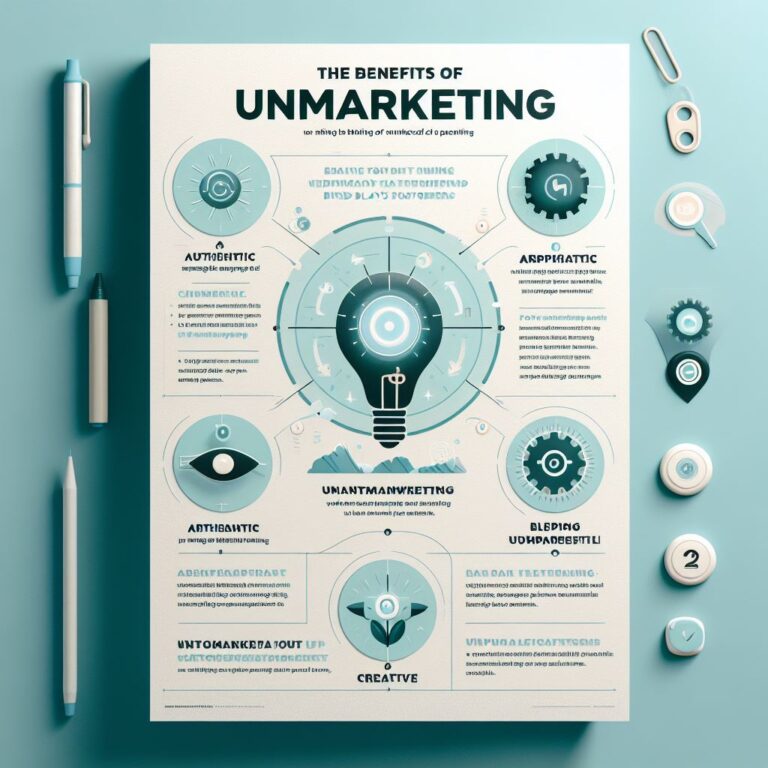Brief – Book Review
By: Joseph McCormack
Introduction:
In the attention-deficit economy, clarity and brevity are essential but often overlooked. This book, a guide by Joseph McCormack, emphasizes the need for concise communication, highlighting the consequences of verbosity, including wasted time, resources, and missed opportunities. The focus is on crafting a compelling, succinct message—a skill crucial in today’s fast-paced world.
Why Brevity Is Vital:
Executives, inundated with information, require concise messages that resonate. Brevity isn’t merely about saving time but ensuring the audience engages with the content. The key is to be concise, clear, and compelling, necessitating a thorough understanding of the subject matter.
Mindful of Mind-filled-ness:
Living in a distracted world, understanding the mental pressures on the audience is crucial. Four sources of pressure—information overload, inattention, interruptions, and impatience—highlight the urgency of delivering a point before distraction sets in, even with a 30-minute presentation.
Why You Struggle with Brevity: The Seven Capital Sins:
Mastering brevity is challenging due to the “seven capital sins,” including cowardice, confidence, callousness, comfort, confusion, complication, and carelessness. Recognizing and overcoming these obstacles is essential for effective communication.
Brevity Tool #1: BRIEF Maps:
Outlines, often overlooked by experienced presenters, are crucial tools for professionals. BRIEF Maps, organized by Background, Reason, Information, Ending, and Follow-up, offer immediate benefits, keeping the presenter prepared, organized, clear, contextual, and confident.
Brevity Tool #2: The Role of Narratives:
Narrative Maps help create engaging stories. Focusing on elements like the focal point, setup or challenge, opportunity, approach, and payoff, narratives should be clear, concise, and powerful, capturing the audience’s attention.
Brevity Tool #3: Controlled Conversations and TALC Tracks:
Controlled conversations, contrasting with endless monologues, require discipline. TALC Tracks—Talk, Actively Listen, Converse—provide a structured approach to conversations, ensuring a purposeful and concise exchange.
When and Where to be Brief:
Applying brevity in various contexts, including meetings, social media, presentations, job interviews, and sharing news, enhances communication effectiveness. McCormack’s advice ranges from reducing meeting time and standing meetings to tailoring presentations to audience interests and utilizing BRIEF Maps in job interviews.
Conclusion:
In a world clamoring for attention, brevity emerges as a powerful communication tool. Joseph McCormack’s guide underscores the importance of being clear, concise, and compelling in communication, offering practical tools and strategies for navigating the challenges of today’s information-rich environment. As Franklin D. Roosevelt aptly put it, “Be sincere, Be brief, Be seated.” The book serves as a valuable resource for individuals seeking to master the art of brevity in their communication endeavors.







